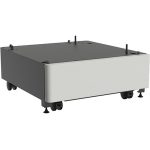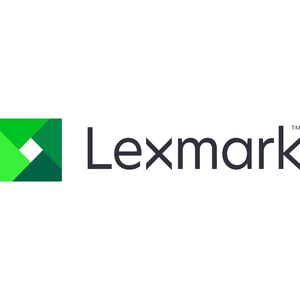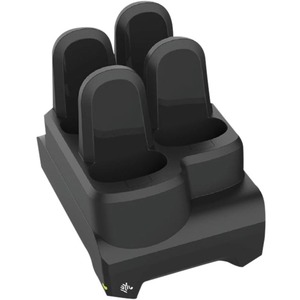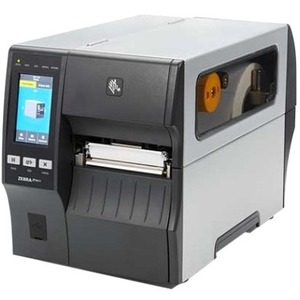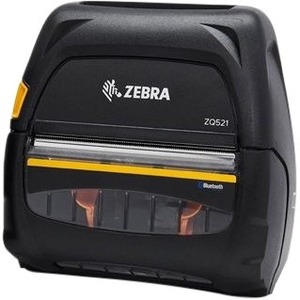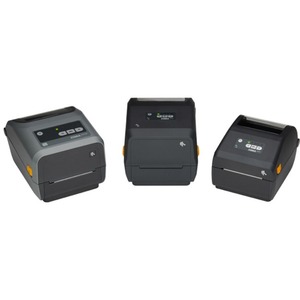Description
Lexmark Forms and Bar Code Card – Forms/Bar Code Card
The Lexmark Forms and Bar Code Card is designed to accept electronic forms generated using Lexmark Forms Composer and saved in flash memory or hard disk in Lexmark printers using Lexmark Forms Manager. Requires either flash memory or a hard disk for electronic form storage in the MFP or printer. Merge and quickly print forms using only the variable ASCII text data transmitted over the network. This card supports PCL® and PostScript command access for more than 47 industry standard one-and two-dimensional bar codes. Use Lexmark Forms Manager to upload and manage forms, to update firmware and to change the mode. Only one of these cards may be used at any time: Forms and Bar Code, Card for IPDS or Card for PRESCRIBE. These cards are installed in the same single connector.
Consideration
Only one of these cards may be used at any time: Forms and Bar Code, Card for IPDS or Card for PRESCRIBE. These cards are installed in the same single connector.
Simple Data Merge
This card works with Ethernet networks for any host using ASCII, SAP RDI (with Lexmark SAP® R/3® Device Type for PCL) or PCL data. It also supports PCL® and PostScript command access for more than 47 industry standard one-and two-dimensional bar codes.
Lexmark Forms Manager
Use Lexmark Forms Manager to upload and manage forms, to update firmware and to change the mode (Print, Data Capture, Disabled, Archive and Print, and Archive Only) of the card.
Generate forms and save in printer
The Lexmark Forms and Bar Code Card is designed to accept electronic forms generated using Lexmark Forms Composer and saved in flash memory or hard disk in Lexmark printers using Lexmark Forms Manager. Requires either flash memory or a hard disk for electronic form storage in the MFP or printer.
Merge and Print
Merge and quickly print forms using only the variable ASCII text data transmitted over the network. This card monitors incoming ASCII, SAP RDI or PCL data. In the event that incoming data contains a pattern consistent with conditions set in a resident electronic form, a form merge process is initiated.
Fast and easy to deploy!
Forms are stored in the printer so there is no server to configure and maintain. There is also a low initial investment for a small number of printing devices.

